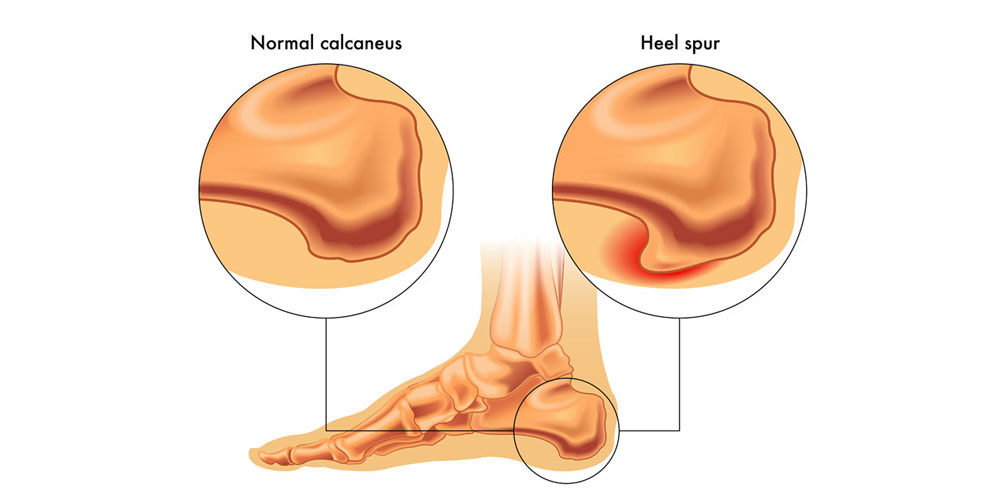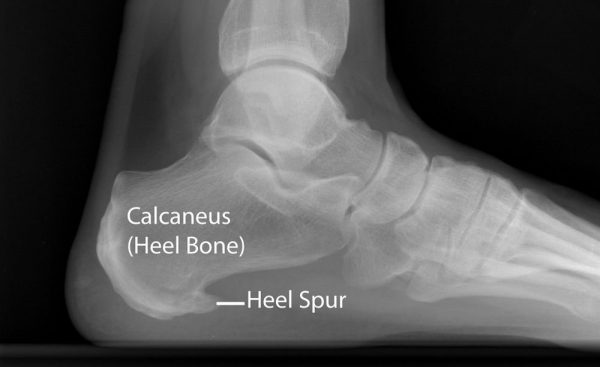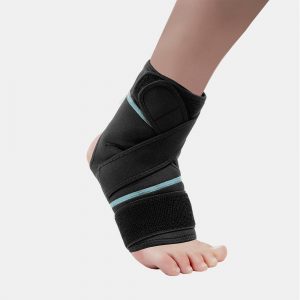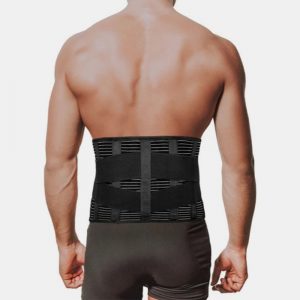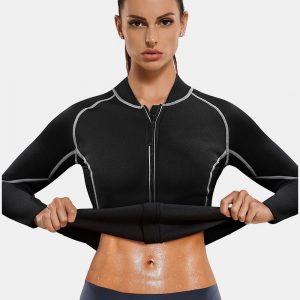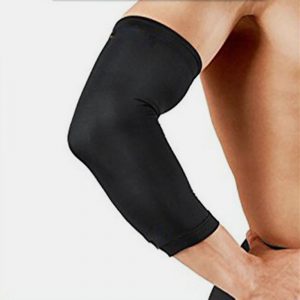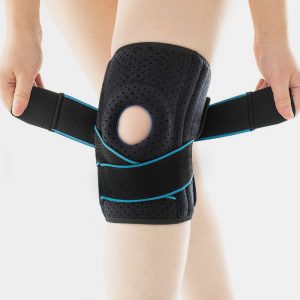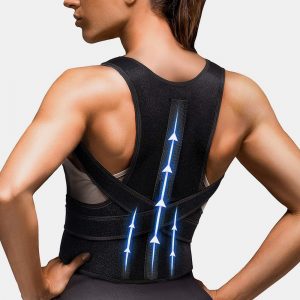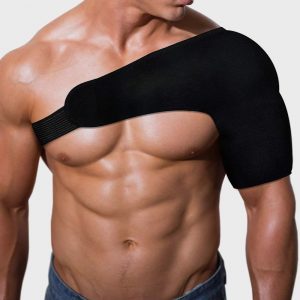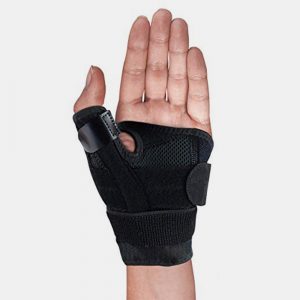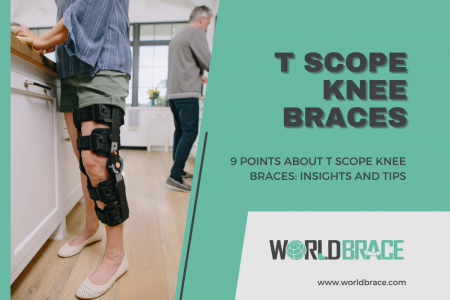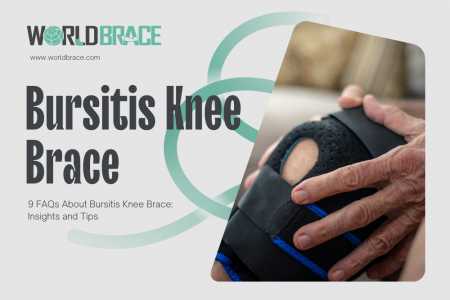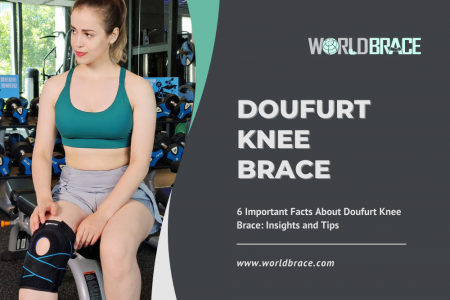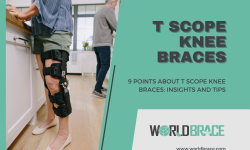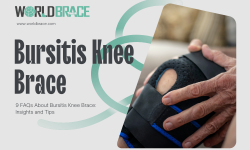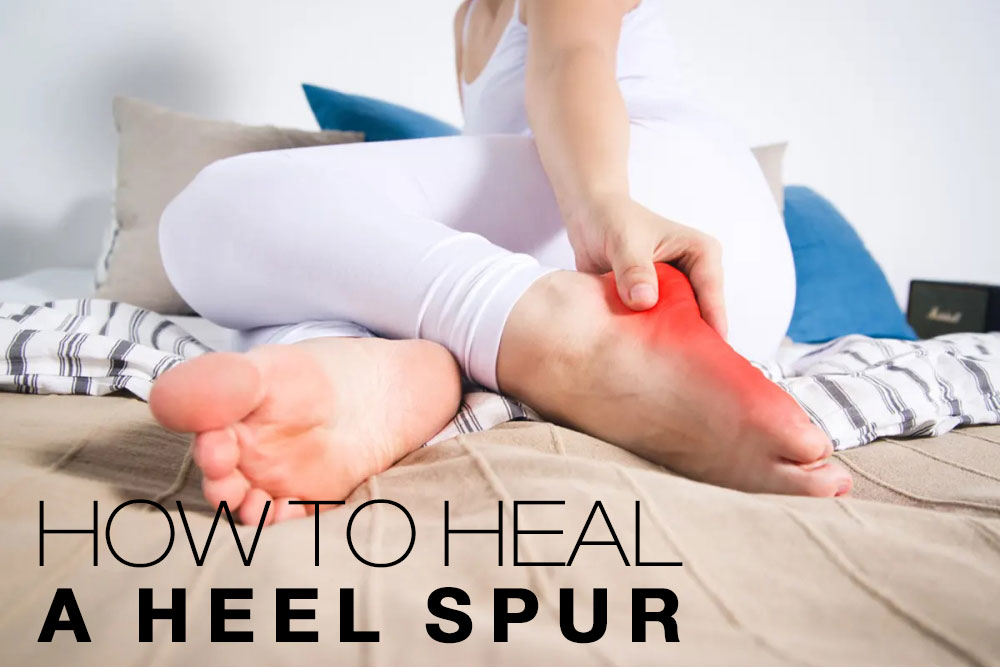
Table of Contents
What is a heel spur?
Heel spurs or Achilles heel spur is nothing more than a buildup of calcium on the bottom of the calcaneus, more often known as the heel bone. Heel bone spurs are more common in those who are overweight, have arthritis, or have aberrant gait patterns such as overpronation (also known as flat feet). For example, running and jogging may strain the bones and connective tissues of the foot, which can cause heel bone spurs to form.
Other medical issues or lifestyle choices may play a role in developing these bone growths. Foot problems such as heel spurs may be caused by inadequate fit or padding footwear. When we compare heel spur vs plantar fasciitis, it appears that heel spurs and plantar fasciitis have distinct origins and symptoms. Overuse or ligament injury causes irritation and stiffness in the plantar fascia. Bruising or injury to the heel bone causes a calcium deposit to accumulate beyond the bone’s edge.
How do you know if you have a heel spur?
Heel discomfort is worse in the morning, making it difficult to get out of bed. Because most bone spurs are asymptomatic, many individuals have them without knowing it. If the bone spurs push on neighboring bones or tissues or cause a muscle or tendon to rub, they may cause swelling, discomfort, and tears. Foot bone spurs may create corns and calluses when the tissue develops to protect the bone spur. Common symptoms of heel spur may include:
- Inflammation
- Severe pain (it feels like a knife going into the heel)
- Swelling of the heel at the front
What does a heel spur feel like?
It is difficult to answer how a heel spur feels because sometimes you don’t even feel a heel spur. It may also be warm to the touch. These symptoms may extend to your arch. A tiny bony protrusion may develop later. Some heel spurs show no symptoms. Soft tissues and bones around the heel may also offer no changes.
The discomfort of heel spurs is often described as a knife or pin poking into the bottom of the foot first thing in the morning, then a dull aching. People typically complain of acute discomfort when they get up after a lengthy period of sitting.
Heel Spur Symptom Picture
About Heel Spurs, Heel Pain, & Plantar Fasciitis
How to heal a heel spur?
On the whole, nonsurgical therapies work well for inflammation. Chronically inflamed spurs are seldom surgically removed. Recent treatments include radiofrequency ablation, PRP injections, ESWT, prolotherapy, and ultrasonic micro debridement.
Wearing the right shoes, using insoles that support the arch, extending the calf muscles, and giving the affected region an ice massage to decrease inflammation and alleviate stress are common home remedies to treat heel spur.
Symptomatic heel spurs are treated by reducing inflammation or avascularity and preventing reinjury. Preventing re-injury is important while treating heel spurs. Heel spurs patients frequently have favorable outcomes. Treatment usually targets the underlying ailment that created the heel spur, such as plantar fasciitis, Achilles tendonitis/tendinosis, or arthritis. Ice reduces both pain and inflammation. Plantar fasciitis is treated and prevented through physical therapy. Anti-inflammatory drugs like ibuprofen (Advil) or cortisone injections may help relieve discomfort.
Do heel spur braces help heel spurs?
Soft fabrics and Velcro straps or semi-hard plastic materials often create a brace. It fits into your shoe and wraps around your foot and ankle. Heel spur brace by WorldBrace helps limit excessive motion that stresses the plantar fascia ligament and Achilles tendon. Orthotics may ease pressure on plantar spurs, and heel lifts can relieve tension on the Achilles tendon, which can alleviate painful heel spurs. Similarly, solid sports running shoes with soft, cushioned bottoms may help reduce inflammation from plantar fasciitis and heel spurs. A heel spur brace may be used to alleviate pressure and alleviate discomfort.
faq
Do heel spurs go away?
Unfortunately no! Heel spurs are irreversible and can only be removed surgically. Because heel spurs seldom ache, addressing the underlying issue should help relieve heel discomfort.
Is walking good for heel spurs?
If you wake up with heel pain, jogging or running for a few minutes will help temporarily relieve the discomfort. While a few minutes of brisk walking in the morning may momentarily alleviate your heel pain, you may realize that you may have considerably more hurt if you try to walk or run.
Can a heel spur break?
The frequency of bilateral fractured calcaneal spurs or heel spur breaks is exceedingly unusual. It Broken may be caused by direct damage or repeated traction. Conservative therapy often relieves discomfort in these circumstances, and surgery is seldom necessary.
Can heel spurs be cured?
No! Heel spurs cannot be removed without surgery. However, doctors usually only do surgery to terminate the growth if other therapies fail.
Can heel spurs cause ankle pain?
Heel spurs don’t always hurt, and bone protrusions aren’t always noticeable. Even heel spurs might be symptomless many times. According to some studies, just 5% of heel spurs cause discomfort. There may be another reason for heel discomfort.

